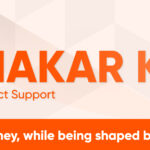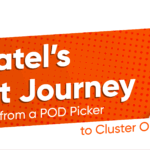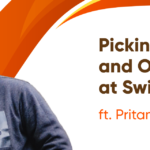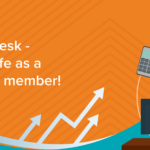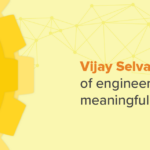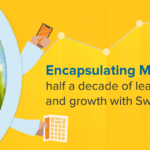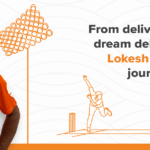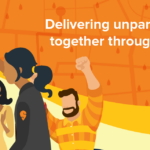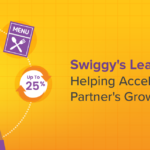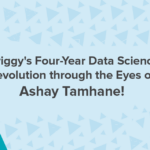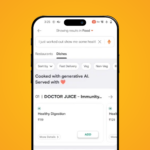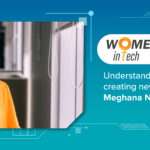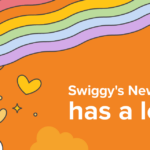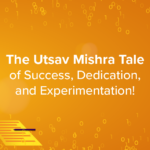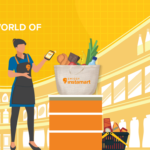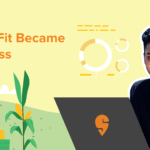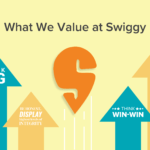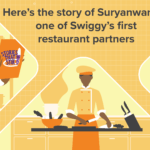From delivering orders to mentoring new joiners, Goda Ramkumar has spent over five years at Swiggy solving for people, proving that leadership isn’t loud but consistent.
Five years ago, the world had shut down. Cities were silent. Offices turned into thumbnails on a screen. For Goda Ramkumar, VP of Data Science at Swiggy, it was the start of something new. In April 2020, she joined Swiggy virtually. Onboarded during the lockdown, she worked, built, and led entire functions without ever meeting her team in person. Under her leadership, the team moved beyond just delivery logistics, taking on complex challenges like driver experience, building trust and safety systems, personalisation and company-wide AI and central analytics.
But ask her what she’s most proud of, and she won’t just talk about what she built, but who she built it with.

Q1: You joined Swiggy in the early days of the pandemic, a time when everything was uncertain. What was it like starting a new role virtually?
It was surreal. Imagine beginning your first day with nothing but a laptop, some video calls, and a sea of unknown faces behind screens. For a year and a half, we built models, improved delivery time predictions, delivery partner experience and strengthened our data foundation, all while navigating the unpredictable constraints of a pandemic era and overcoming them without ever being in the same room. When I finally met them in person, it felt like meeting old friends after a long journey. Despite the distance, the trust and rhythm were already there, built through relentless collaboration and shared purpose.
Q2: Before joining Swiggy, you had experience with other startups. How was Swiggy different from what you expected?
I expected chaos, the typical startup hustle, buzzing energy with unpredictability. For me, Swiggy was like discovering a “teenage company.” It had the fast-paced young energy, but also the maturity of a grown-up. The way Swiggy functioned wasn’t stifling but empowering; clarity gave me direction without slowing down speed. It was exactly what I needed—an environment that could move fast but build with intention. Even now, after five years, I wake up challenged and inspired every day. That’s rare.
As I settled into the organisation, I realised how important culture is for sustenance and growth. Someone once told me, ‘If you want to build culture, write it down.’ That stuck with me. So that’s exactly what we did. We define what we stand for, how we make decisions, and how we treat each other. We don’t leave culture to chance. Swiggy, when I joined, was young but with immense potential. And like teenagers, we were discovering who we were. That meant the culture wasn’t just inherited. It was being shaped. And I realised: culture isn’t said, it’s lived.

Q3: You talk about culture being “lived” rather than just written down. Can you share what that means to you and how you experience Swiggy’s culture?
Culture at Swiggy isn’t a poster on the wall or a set of buzzwords. It’s the pulse of the business you feel when you’re deeply involved. Nothing teaches you more than immersion. Delivering orders myself, walking through Instamart dark stores, listening to our partners talk about how Swiggy helps their families. These moments make the job real. They anchor you in the human story behind the data and algorithms.
Every new person who joins our team gets a walkthrough of our team principles and how we operate. Ownership doesn’t start with KPIs. It starts with clarity. We talk about what good culture looks like, what we don’t compromise on, and how we collaborate. I think leaders often assume that culture will ‘trickle down’, but it doesn’t. You have to be intentional and repetitive.
I believe people do their best work when they understand why something matters. For instance, if someone is building a feature to improve delivery timelines or optimise search and discovery, they should understand how that connects to fleet satisfaction, customer retention, and even cost. When people see the full picture, they don’t just execute, they care.
Q4: Being present in a field which is not very female dominant, how does Swiggy channel that growth for you, and what do you essentially focus on?
At Swiggy, I’m valued for my contribution and not defined by my gender. That’s true inclusion that doesn’t need to be spotlighted or shouted from the rooftops. It’s seen in everyday respect and equality. In my entire career, there have been tough times, but having a support system makes all the difference. A support system actually works wonders in ways I could not have imagined; whether it’s my spouse who acts as my philosopher friend and guide, or my daughter, who passes cute written notes to me while I’m in the war room or a meeting, or my mother-in-law, who understands that some days are just too busy, and so she gets me delicious food when I can’t move away from the laptop. That kind of support not just helps, it motivates me to be better, to do better.
To be honest, I don’t think of myself as a ‘woman leader’. I’m just a leader. At Swiggy, that’s never been a question. For me, leadership isn’t a label or a category, it’s a set of choices and actions. It’s an evolving journey, and I am growing with it, leading with empathy and learning from every moment. Of course, representation matters. But I believe in normalising it, not spotlighting it. You don’t need to brand empathy as ‘feminine leadership’. It’s just good leadership. For me, inclusion shows up in the day-to-day— in how you listen, build, coach, and grow with your team. Not in panels or hashtags.
Q5: How has AI and data science changed the way Swiggy operates, and what excites you about the future?
At Swiggy, data science isn’t an afterthought. We’re in the room from day zero, designing, iterating, and executing with speed and precision. In a market where features can be copied overnight, our real advantage is how fast and well we execute. AI has transformed our operations to be smarter and more efficient.
What excites me now is generative AI. It’s no longer just a tool for tech teams. Everyone from ops to design uses it, sparking innovation everywhere. The future is collaborative intelligence, and we’re just getting started.
Q6: What’s the single biggest leadership lesson that has shaped how you lead your team?
“Glue before you stretch.”
It’s simple but powerful. You can’t demand excellence without first building strong relationships. Before pushing your team to stretch beyond comfort zones, you must be the glue that holds them together with trust, empathy, and connection. Without that, any pressure fractures the bond. This principle has helped us grow through change and complexity without losing our humanity.
It means investing in trust, one-on-ones and retrospectives. It means celebrating wins, but also being honest about misses. And it means knowing your team well enough to coach them differently. Some people thrive with autonomy, others need more structure. There’s no one-size-fits-all. My job is to meet them where they are, and still raise the bar.
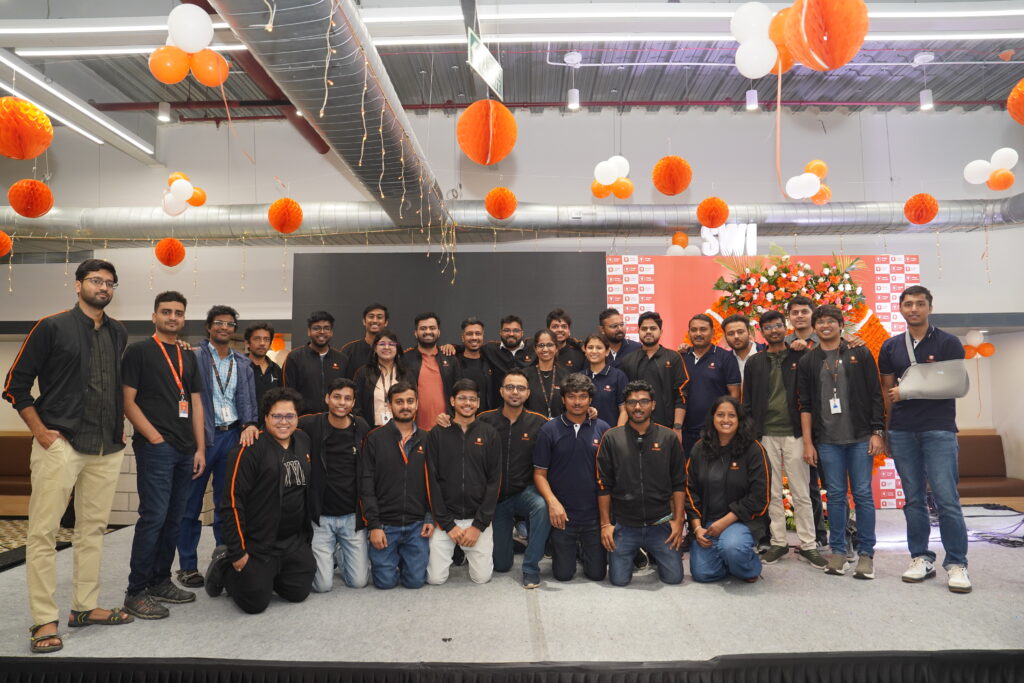
Q7: How has your role evolved over the years? What has kept your drive and passion alive?
In the beginning, I was involved on the fulfilment side of data science initiatives, which basically means maintaining the systems and models responsible for assignment of orders to delivery partners, predicting ETA and optimising for efficiency of dispatch. But over time, the role shifted from solving problems in fulfilment to other areas like maps, trust & safety, delivery partner experience and customer search/discovery personalisation. Today, I spend more time with the team strategising on building solutions across these areas sustainably.
Curiosity and impact have kept my passion for my work alive. I never stop asking questions. What problem am I solving? Who am I helping? The tools and challenges evolve, but the mission stays the same. I don’t obsess over plans too far ahead, as the focus is on showing up every day with 110% and learning constantly. Leadership is a journey, not a destination. And as long as I’m solving real problems for real people, I know I’m on the right path.
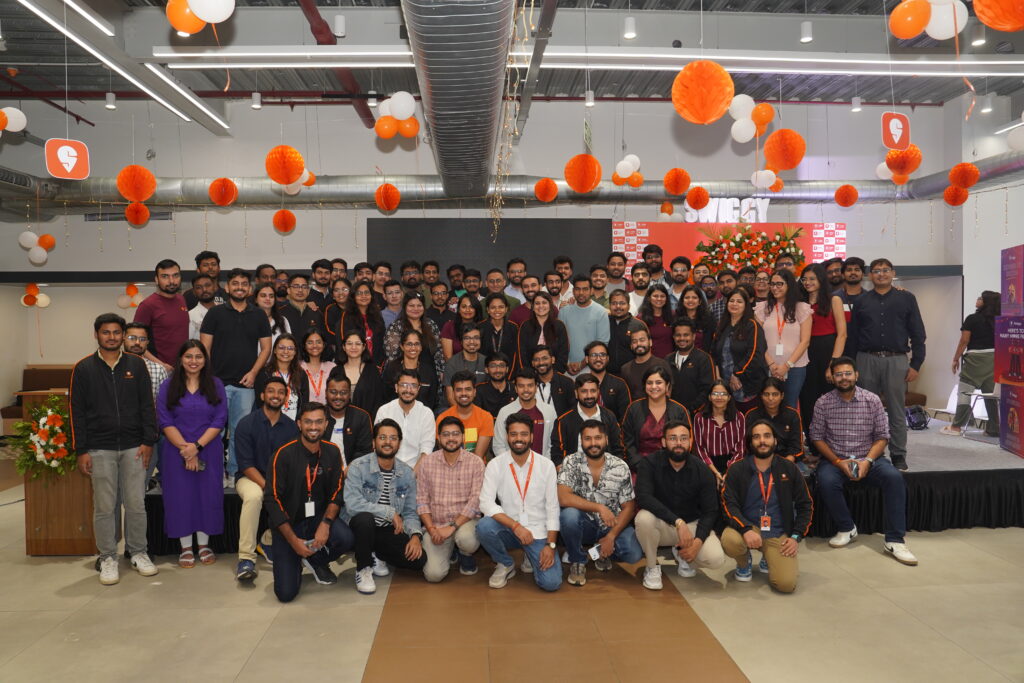
Q8: What advice do you have for new Swiggsters or anyone stepping into leadership roles?
Immerse yourself fully. Read all you want, but nothing replaces experiencing the business firsthand—watch deliveries happen, talk to customers and partners and understand the impact of your work. Lead with empathy, and remember to keep your human lens front and centre. That’s how leadership lasts beyond trends and tools.

